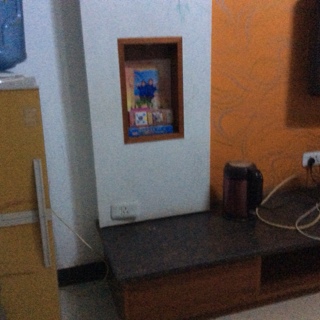Information
-
Audit Title
-
Document No.
-
Client / Site
-
Conducted on
-
Prepared by
-
Location
-
Personnel
Pre Test Inspection
-
1. Location of Area<br><br>
-
2. Is there a suspended ceiling
-
3. Is the ceiling void gaseous protected
-
4. Are all ceiling tiles in place
-
5. Are there dampers installed on all building ductwork
-
6. On visual inspection does the area appear to be sufficiently sealed to carry out the test
-
7. Does the air conditioning shut down prior to discharge
-
NOTES
Introduction
-
The major cause of discharge tests being deemed to be failures has been the excessive leakiness of protected enclosures. High leakage rates allow gaseous extinguishing agents to rapidly escape from an enclosure and result in the desired concentration of extinguishant only remaining in the enclosure for a short period. Integrity testing, which employs technology and techniques originally developed for use in the energy conservation field, has been recognised as an alternative method for testing the leakiness of enclosures protected by gaseous extinguishants, which can then be sealed, and can also be used to measure the “total leakage area” of the enclosure. This is the sum of the areas of all the individual cracks and openings through which air (and hence gaseous agents) will pass into or out from an enclosure. Working under the auspices of the National Fire Protection Association (NFPA) in the United States, a number of researchers in the field have developed retention prediction formulae which use measurements from fan pressurization tests to predict agent retention times. A computer programme using these formulae was used to predict the retention time at a particular height in each enclosure tested. A short report detailing the results of the testing in each enclosure is attached and printouts of the test results are provided.
Leakage Areas Defined
-
An enclosure’s Equivalent Leakage Area (ELA) is the total area of leaks within the room. The ELA is equivalent to the size of a hole required in a flat plate to give the same flow rate as the test pressure. The Below Ceiling Leakage Area (BCLA) is the leakage in the walls, floor and ceiling slabs through which agent would normally leak out. The test was performed at a pressure equal to the theoretical maximum pressure that would be created by the agent/air mixture after discharge, NOT the brief spike at agent discharge.
Test Methodology & Procedure
-
The door fan unit is fitted into an existing doorway by means of an adjustable frame, and is used to both pressurized and de-pressurized the protected room with a known quantity of air. The pressure difference simulates the pressure given by the agent / air interface within the protected room. ‘Set-up’ and ‘gauge zeroing’ was performed according to the manufacturer’s instructions. The pressure probe outside the Data Centre was positioned 2 metres away from the airflow streams created by the blower unit to ensure that turbulence did not affect the pressure. A computer programme is then used to calculate an equivalent leakage area (ELA) that represents the total area of all of the leakage sites within the protected area. While it must be understood that there is no absolute reliable alternative to performing a full discharge test on any protected area, it has been recognised that Door Fan Testing is an alternative technique that can be used to determine gas tightness of a protected area. The Procedure is deliberately designed to be fail-safe and to only give a pass result when the enclosure would be satisfactory in a Discharge Test. Due to the fact a failure does not necessarily mean the protected area would fail a Discharge Test.
Test Data
-
Test Type
-
Volume
-
Room height
-
Minimum Protected Height<br>
-
Agent
- Ig-100
- IG-55
- IG-541
- Argonite
- Inergen
- FM200
- Novec 1230
- Co2
-
Fill
-
Operator
-
Smoke Moves
-
Test
-
Test Criteria
-
RETENTION TIME
-
Client
-
Engineer













